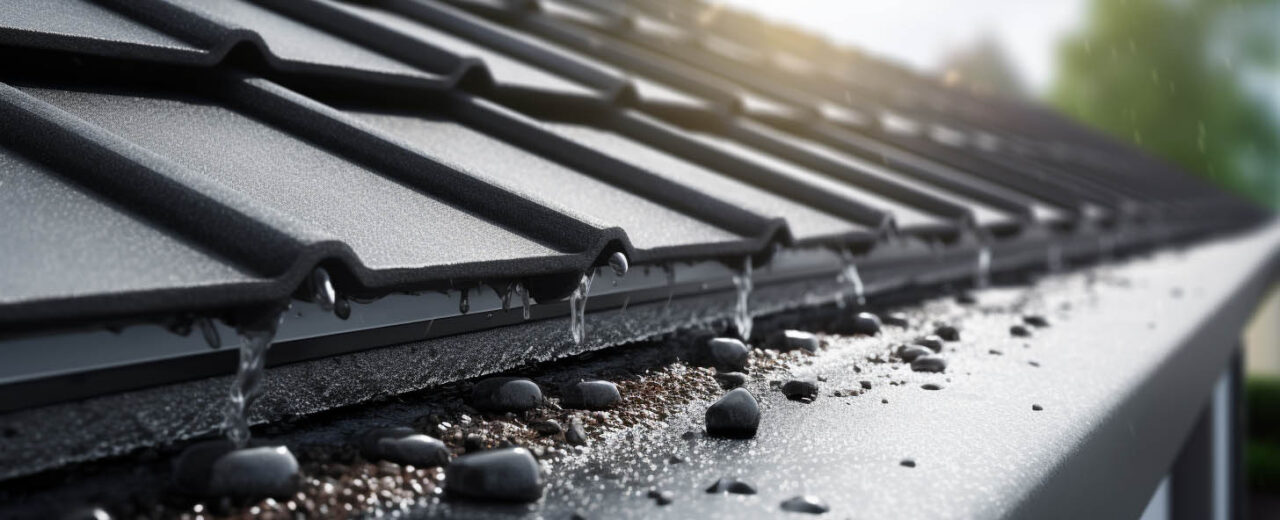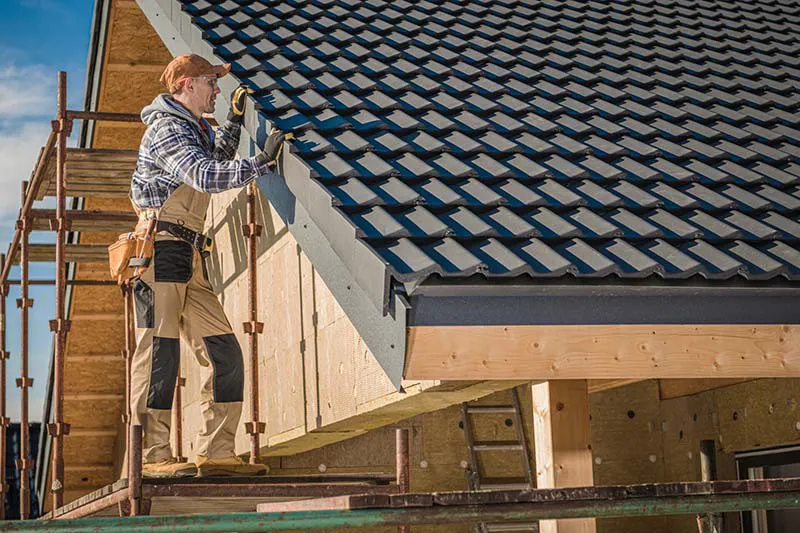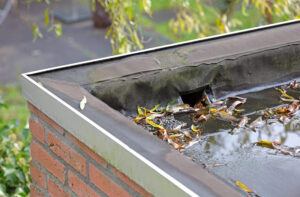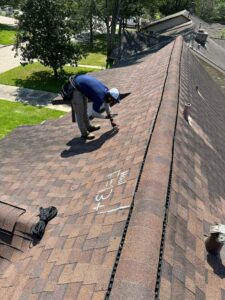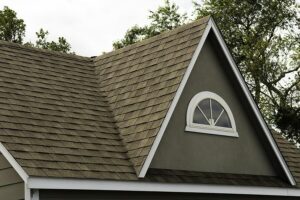Understanding the Intricacies of Roof Drainage Systems
Water damage is a silent adversary to any building, often leading to increased maintenance costs, reduced productivity, and compromised indoor air quality. The cornerstone of safeguarding your building from such adversities is a robust roof drainage system. These systems, including gutters, downspouts, internal drains, and scuppers, work in tandem to channel water away from your building, ensuring both the exterior and foundation remain unscathed.
Common Challenges in Roof Drainage and Their Implications
The roof, being the primary shield against external elements, is susceptible to various challenges. Here are some pivotal issues to be aware of:
- Clogging Hazards: Elements like debris, leaves, and ice can obstruct drains, especially during intense storms. Such blockages can lead to water accumulation, putting undue pressure on the roof.
- Standing Water: A mere inch of stagnant water can add approximately 2,000 pounds of weight on a 20′ x 20′ roof. If left unchecked, this can lead to foundational or basement issues, especially if the drains or gutters are blocked.
- Potential Material and Foundation Damage: Prolonged exposure to standing water can degrade roofing materials like membranes and shingles. The freeze-thaw cycles can further exacerbate the situation by causing cracks, allowing water to infiltrate the interiors.
Best Practices for Maintaining Optimal Roof Drainage
At The Roofing Center, we believe that a proactive approach to roof maintenance is paramount. Here are some expert tips to ensure your drainage system remains in top-notch condition:
- Regular Inspections: It’s advisable to inspect and clean your roof drainage systems biannually, preferably during spring and fall. Post-severe weather checks are also crucial to identify and rectify any damage.
- Debris Management: Ensure that roofs and gutters are free from obstacles and debris. Regularly trim tree branches near the roof to prevent leaves from blocking the drains.
- Gutter and Downspout Maintenance: A thorough cleaning and inspection of gutters and downspouts are essential. This includes running water through them to check for blockages and inspecting for any sagging, loose connections, or broken fasteners.
- Prompt Repairs: Address any visible cracks immediately and ensure that strainers are securely in place.
- Water Redirection: Always ensure that water is directed away from the building to prevent foundational damage.
- Upgrade When Necessary: If you’re considering re-roofing or gutter replacement, it might be an opportune time to upgrade your roof drainage components.
By diligently following these practices, you can ensure the longevity and efficiency of your roof drainage system. Remember, regular inspection, cleaning, and timely repairs are the trifecta for maintaining an efficient roof water drain. This not only safeguards your building but also solidifies your investment for the foreseeable future.
Why Choose The Roofing Center?
When it comes to roofing service in Fort Collins CO, The Roofing Center stands out as a beacon of trust and quality. Whether you’re looking for a roofer from Fort Collins or seeking the expertise of Fort Collins roofing contractors, our team is equipped to cater to all your roofing needs. With our rich legacy and commitment to excellence, we ensure your roof remains an emblem of strength and durability.
>

